By James Greenberg
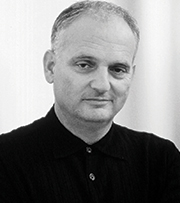 Was Tony Soprano's quiet meal with his family in a local ice cream parlor his last supper? Whether or not he was whacked gangland style in the "Made in America" finale of The Sopranos is not a question that concerns David Chase, creator of the series and director of the last episode. Chase is far more interested in larger philosophical issues about the choices we make in life that lead us to that point, and enjoying the good times, fleeting though they may be.
Was Tony Soprano's quiet meal with his family in a local ice cream parlor his last supper? Whether or not he was whacked gangland style in the "Made in America" finale of The Sopranos is not a question that concerns David Chase, creator of the series and director of the last episode. Chase is far more interested in larger philosophical issues about the choices we make in life that lead us to that point, and enjoying the good times, fleeting though they may be.
After orchestrating the murder of a rival gang boss and dodging a bullet yet again, Tony (James Gandolfini) is breathing, if not easier, with at least a sense of relief as he meets his wife Carmela (Edie Falco) and kids (Jamie-Lynn Sigler and Robert Iler) at Holsten's for "the best onion rings in the state" and flips through the jukebox. It's almost a Norman Rockwell scene with a group of Cub Scouts, young lovers, football hero murals, and locals enjoying the warm and homey atmosphere. Chase says time itself is the raw material of the scene as the suspense builds with pinpoint editing while Journey's "Don't Stop Believin'" propels the action to its climax—a heart-stopping cut to black.
STORY: See more Shots to Remember
Chase was after the dreamy, chilling feeling he admired at the end of Stanley Kubrick's 2001: A Space Odyssey in which time expands and contracts as life and death merge into one. And there, as in the concluding instant of The Sopranos, who knows what really happens. "When it's over," Chase offers, "I think you're probably always blindsided by it. That's all I can say."

It was my decision to direct the episode such that whenever Tony arrives someplace, he would see himself. He would get to the place and he would look and see where he was going. He had a conversation with his sister that went like this. And then he later had a conversation with Junior that went like this. I had him walk into his own POV every time. So the order of the shots would be Tony close-up, Tony POV, hold on the POV, and then Tony walks into the POV. And I shortened the POV every time. So that by the time he got to Holsten's, he wasn't even walking toward it anymore. He came in, he saw himself sitting at the table, and the next thing you knew he was at the table.
PHOTOS: James Cameron explains Titanic’s infamous kiss

Alik Sakharov, the DP, and I saw the location and talked about it a lot. I had a vision in my head when I wrote it, but when you move into a place you have to figure out how to shoot in that location. We wanted to be in the middle of the room obviously, so we could be on either side of the booth. We didn't want to be shooting against a blank wall on one side of the booth; we wanted it to be in the middle to give it depth all around. But there was a radiator unit in the only place where we would really have the room, so we had to build a booth over that radiator unit. It was very difficult. And we did not have much room to dolly or track around. So a lot of what we did in this scene came about after going to Holsten's. The vision has to coalesce with the real physical location.
PHOTOS: Paul Greengrass breaks down Bourne Ultimatum’s rooftop chase

Tony's flipping through the jukebox; it's almost like the soundtrack of his life, because he sees various songs. No matter what song we picked, I wanted it to be a song that would have been from Tony's high school years, or his youth. That's what he would have played. When I wrote it, there were three songs in contention for this last song, and 'Don't Stop Believin'' was the one that seemed to work the best. I think it's a really good rock 'n' roll song. The music is very important to me in terms of the timing of the scene, the rhythm of the scene. The song dictates part of the pace. And having certain lyrics of the song, and certain instrumental flourishes happen in certain places, dictates what the cuts will be. I directed the scene to fit the song. The singing gets more and more strident and more invested as the song goes along. Musically it starts to build and build into something as it's just about to release. And when you look at the scene, you get that feeling.
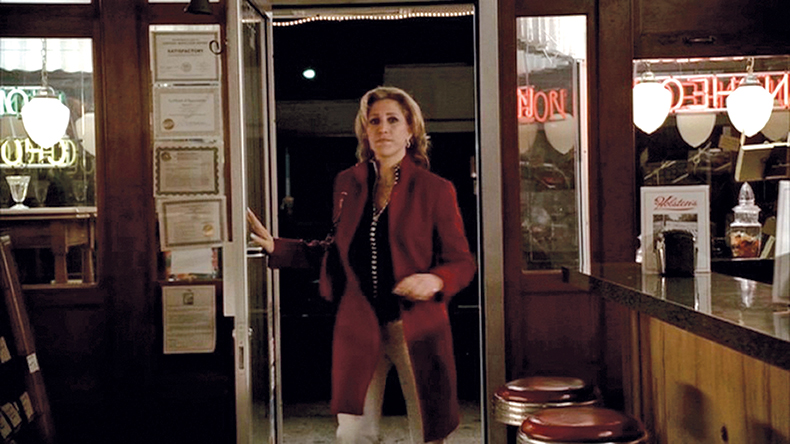
I love the timing of the lyric when Carmela enters: 'Just a small town girl livin' in a lonely world, she took the midnight train goin' anywhere.' Then it talks about Tony: 'Just a city boy,' and we had to dim down the music so you didn't hear the line, 'born and raised in South Detroit.' The music cuts out a little bit there, and they're speaking over it. 'He took the midnight train goin' anywhere.' And that to me was [everything]. I felt that those two characters had taken the midnight train a long time ago. That is their life. It means that these people are looking for something inevitable. Something they couldn't find. I mean, they didn't become missionaries in Africa or go to college together or do anything like that. They took the midnight train going anywhere. And the midnight train, you know, is the dark train.
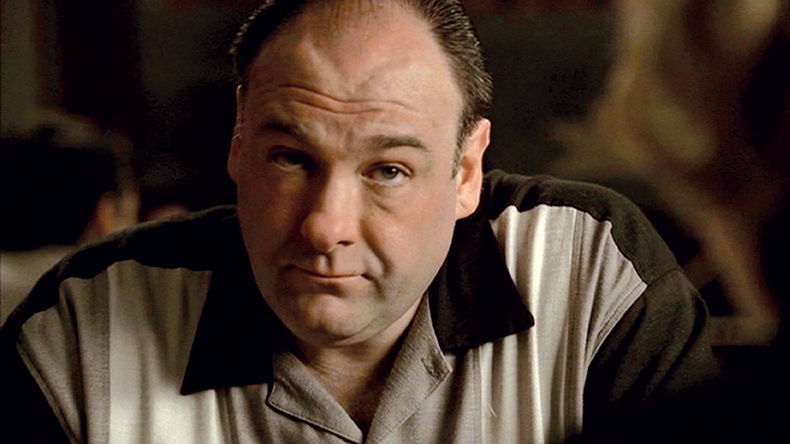
Tony hears the bell when the door opens and he's repeatedly looking up when he hears it throughout the scene. That rhythm is very important to the scene. The bell harkens back to the first episode [of the second part] of the final season called 'Sopranos Home Movies,' when Tony is out on a dock on this lake, and every once in a while a boat's bell dings and brings him out of himself and back to the present. So here's the bell again, and sure enough, he looks up, and then he gets distracted, and there's the bell again. In my mind, it's like a meditation bell. Not to be thinking about the past, not to be thinking about the future, only about now. It's like the song 'This Magic Moment.' I used that at the end of 'Sopranos Home Movies,' and it's one of the songs he sees on the jukebox in this episode.
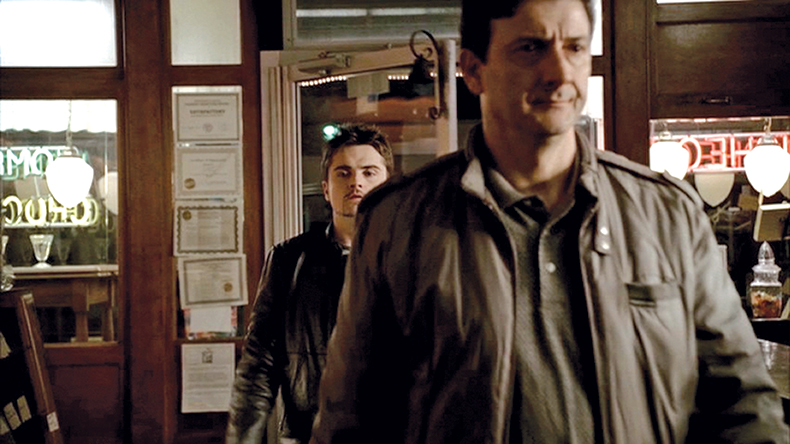
My thinking about wanting to introduce A.J. and the guy together was that both the audience and Tony would not focus on the guy so much, they would focus on A.J. Tony would focus on his son, rather than the man who might be there to do him harm. A lot of the audience I gathered doesn't like A.J.; they think he's a useless, spoiled fool. But there's also something about him that is earnest. He's got his father's kind of questioning and kind of little boy innocence. When I see Tony reach across and grab his arm [when he arrives], it makes me feel really good. Not only that, I'll tell you who else is reaching across the table, that's Jim Gandolfini reaching across to Robert Iler in the last scene they're going to do together. I never talked about it with them, but I know for a fact.
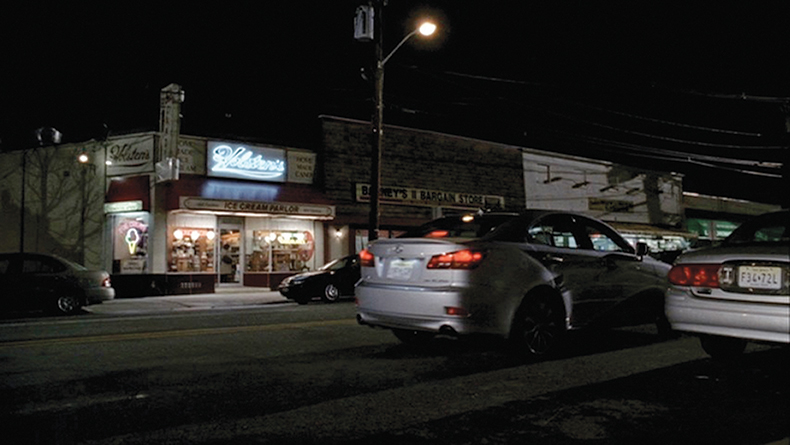
Cutting to Meadow parking was my way of building up the tension and building up the suspense, but more than that I wanted to demonstrate the lyrics of the song, which is streetlights, people walking up and down the boulevard, because that's what the song is saying. 'Strangers waiting.' I wanted you to remember that is out there. That there are streetlights and people out there and strangers moving up and down. It's the stream of life, but not only that, it's the stream of life at night. There's that picture called History Is Made at Night [from 1937]. I love that title. And that kind of echoes in my head all the time.

I just wanted the guy to look over. I didn't want him to look particularly menacing. And he glances off Tony so quickly. We worked on that quite a bit so he wasn't staring at him. The guy was like looking around the place in general. Tony doesn't acknowledge that he sees him. Tony leads a very dangerous, suspicious life and he's always on guard. But he's in this old-fashioned American sweet shop with those round stools and the counter and the football hero pictures and Cub Scouts. Everything that should make him feel at ease, and yet there is a slight ill at ease feeling which we bring to it because we know who he is and what he's done. And he can never be sure that any enemy is completely gone. He always has to have eyes behind his head.

The tension is quite high now, but if you think about it, for no real reason. Who's in the place? A guy in a jacket, Cub Scouts, a young couple, a trucker in a hat, a couple of black guys in there to buy some candy. There's no real reason for the tension to ratchet up. But it does. And that's what I love, how you make that. Of course, a tremendous amount of that happens in the editing room. You've got the pieces and you've got the intention, but who do you come back to and who you don't, what's the expression on their face. I think that's what montage and editing do best. And music. They play with time. You're going, 'come on, hurry up, no, slow down, no, hurry up, no, no, no, slow down.' That plays with your heartbeat, because that's the real clock.

We tracked a bit in this shot. We had to move to get the bathroom sign. I can't say it was tricky, but it was time consuming because of the tight space. Yes, the scene in The Godfather [when Michael Corleone kills Sollozzo and McCluskey] occurred to me; it's an iconic scene. I would say that Tony checked the guy out at some level. I mean any middle-aged male that would get that close to him, I'm sure he would do some summary surveillance of. It may be very quick; his instincts are very sharp. He doesn't feel threatened by him but I'm sure he clocks that that guy's in the bathroom, and that that guy should come out. It's more like 'I want to see that guy come out.' This is all on a subconscious level, I'm sure. We all do this, every moment of our lives.

I tried to build the tension and suspense as much as possible. That's why I could go back out to Meadow and her car-parking. I could use all that stuff to affect the pace. I think almost every director is thinking about the pacing. That's what directing is. I did want to create the idea that you would wonder if something was going to happen in there. Meadow is filled with nothing but very, very deep emotions about parking her car. But possibly a minute later, her head will be filled with emotions she could never even imagine. We all take this stuff so seriously—losing our keys, parking our car, a winter cold, a summer cold, an allergy—whatever it is. And this stuff fills our mind from second to second, moment to moment. And the big moment is always out there waiting.

This is the last shot of the family, or the three of them anyway. Framing is extremely important. I think it makes you feel so much below the level of verbiage and words. What they're talking about is how good those onion rings are. For me, food is always central to a feeling of family and to a feeling of security and happiness. A.J. had remembered a moment at the end of the final show of the first season when they were all sitting down, eating in Vesuvio's Italian restaurant and Tony said, 'Just remember … value the good times,' the moments, there really aren't that many of them. And this is one of the very good times. And yet there's something wrong with it because Meadow is not there. So the family isn't really together. I think on some subliminal level that raises the tension. We know the family should be together and they're not.
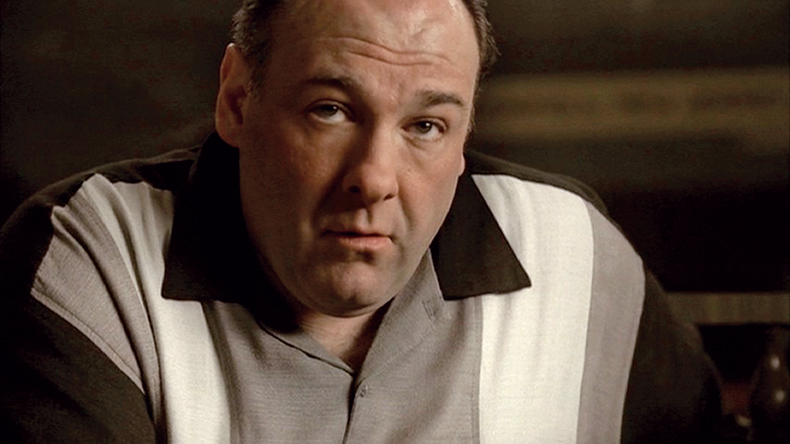
I said to Gandolfini, the bell rings and you look up. That last shot of Tony ends on 'don't stop,' it's mid-song. I'm not going to go into [if that's Tony's POV]. I thought the possibility would go through a lot of people's minds or maybe everybody's mind that he was killed. He might have gotten shot three years ago in that situation. But he didn't. Whether this is the end here, or not, it's going to come at some point for the rest of us. Hopefully we're not going to get shot by some rival gang mob or anything like that. I'm not saying that [happened]. But obviously he stood more of a chance of getting shot by a rival gang mob than you or I do because he put himself in that situation. All I know is the end is coming for all of us.

I thought the ending would be somewhat jarring, sure. But not to the extent it was, and not a subject of such discussion. I really had no idea about that. I never considered the black a shot. I just thought what we see is black. The ceiling I was going for at that point, the biggest feeling I was going for, honestly, was don't stop believing. It was very simple and much more on the nose than people think. That's what I wanted people to believe. That life ends and death comes, but don't stop believing. There are attachments we make in life, even though it's all going to come to an end, that are worth so much, and we're so lucky to have been able to experience them. Life is short. Either it ends here for Tony or some other time. But in spite of that, it's really worth it. So don't stop believing.